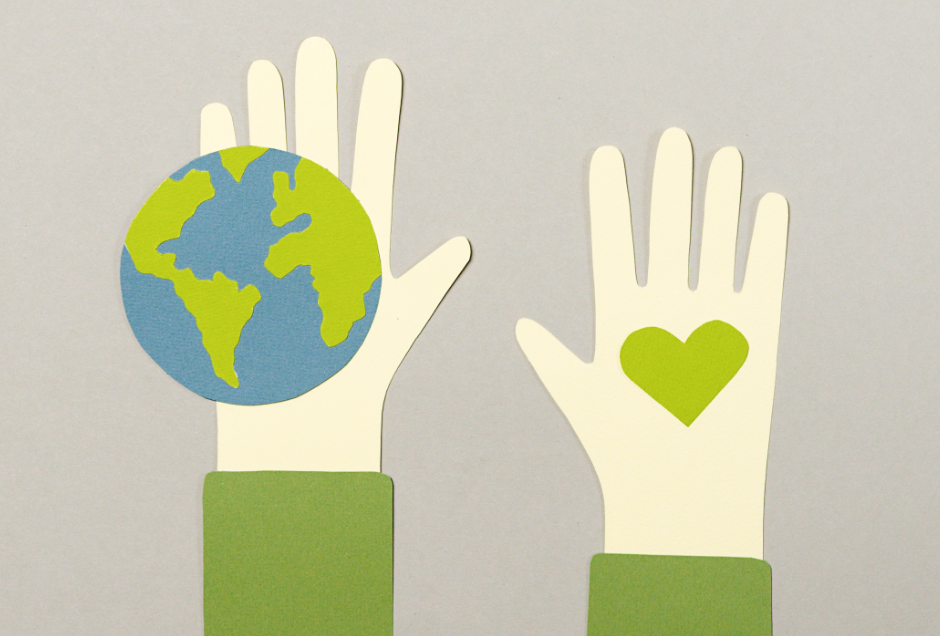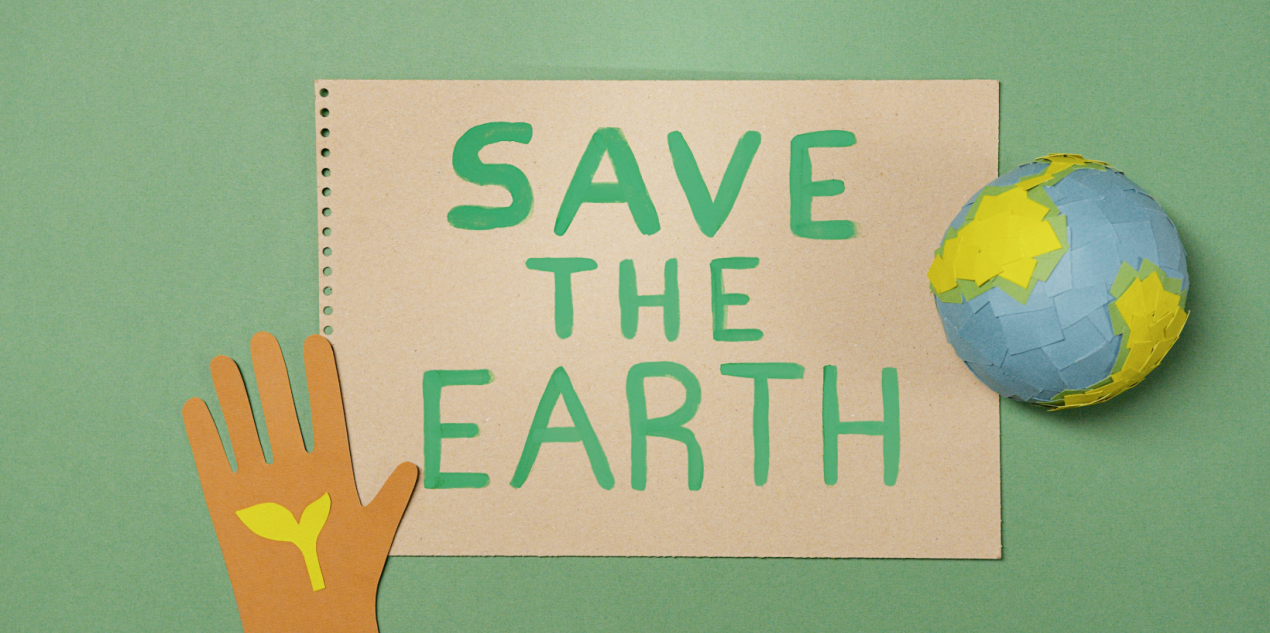It seemed appropriate, in honor of Earth Day, to recognize the only major cloud provider to purchase enough renewable energy to cover its entire operation. Since 2007, Google has been engaged in a three-decade-long mission to realize a carbon-free future. The stepwise progression of this goal was created in three parts: offset carbon emissions, reduce emissions and eliminate emissions. By 2030, it hopes to operate on clean energy, every hour and everywhere.
Google’s sustainability efforts don’t end there. The company is also highly focused on a circular economy. In this model, products, components, and materials are made to be made again—they are created to be easily refurbished, repaired, reused, and recycled. All activities are restorative and regenerative by design. For instance, the company builds its own servers and network gear to “design out” waste and pollution in its data center operations.
Fun fact: Over the years, Google has purchased more wind and solar power than any other corporation in history.
Why All the Fuss?
A report published last year by NOAA and NASA confirmed that the preceding decade was the hottest since record-keeping began 140 years ago. In a continuing trend, the agencies also confirmed that 2020 tied for the warmest year on record.
By now, most scientists agree the cause of these rising temperatures is human dependence on fossil fuels. The greater our reliance on these energy sources, the more CO2 and other greenhouse gases are generated. As these gasses rise into the atmosphere, the effect is the equivalent of wrapping the earth in a down comforter. Earth’s surface temperatures rise, causing cascading impacts on land, sea, and air.
A field report by the European Commission details the global warming dynamic. Even though 195 countries signed the Paris Agreement of 2015, which set a goal of limiting global warming to “well below” 2°C, our planet continues to warm. Human-induced global warming has already reached 1°C. Each decade the average temperature increases by about 0.2°C.
Corporations Play a Big Role
All industries contribute to total global emissions each year. Billowing smokestacks and heavy machinery are telltale signs of pollutants entering our atmosphere, but so-called “clean industries” play a part as well. Among non-industrial businesses, reliance on fossil fuel derived energy, and inefficient energy usage are the leading contributors. For instance, data centers globally consume about 1% of the world’s energy.

Whether or not they ascribe to the notion of global warming, businesses of all kinds are being forced to take responsibility for limiting climate change. Here again, the EU’s field report is clear, “More than half of all respondents think national governments (55%) or business and industry (51%) are responsible for tackling climate change….”
Sustainability Is A Journey
New standards set by regulatory bodies and public opinion are urging companies to step up and respond to climate change. IT infrastructure is a material contributor to global carbon emissions. According to the U.S. Department of Energy, some data centers require more than 100 megawatts of power capacity—enough to power about 80,000 households. Cooling systems, servers, storage drives, and network components all consume vast amounts of energy. With the number of connected devices expected to grow, this figure will likely only increase.
Besides juggling IT priorities like remote working and security, CIOs feel new pressures for transparency and responsibility. As it becomes clear that IT and data center services are among the largest consumers of available power, CIOs face pressures to transform. Here’s where Google’s commitment to green energy can help.
Greening of IT, Greening by IT
Today, Google is carbon neutral, which means that the company has achieved net-zero carbon dioxide emissions. But, the search engine leader refuses to stop there. Its goal is to run on carbon-free energy every day at all of its data centers worldwide. It hopes to share technology, methods, and funding to enable organizations around the world to make the same transition to sustainability.
Google believes that CIOs can be agents of change with its help. The company espouses a two-pronged approach focused on the Greening of IT and Greening by IT. It believes through these concentrated efforts, companies will make their workloads and business processes more sustainable while driving transformation. These approaches can be summarized as follows:

Greening of IT—adopt technology with sustainability built-in, and reduce the immediate impact of your IT operations.
Greening by IT—Use technology to reimagine your business, creating value while becoming more efficient and sustainable.
Google says that it can help corporations achieve these goals through its resources and services. These are concentrated in four areas:
- Leveraging Google’s smart and efficient data centers that provide multi-fold computing power at a fraction of the electrical power.
- Companies can benefit from Google’s renewable energy and carbon neutrality. By simply using Google as your data center you reap the benefits of its sustainability.
- Embrace Google’s circular economy concept and zero waste to landfill, which has helped it divert nearly 90% of waste from global data center operation away from landfills.
- Use data to drive innovations that make a difference. Google’s cloud computing data tools, artificial intelligence, and machine learning can help you reach sustainability targets and business goals.

If your organization has considered or is already moving toward lowering its carbon footprint, celebrate Earth Day by jumping into the movement with both feet. WALT Labs has years of experience helping businesses of all sizes migrate to the Google Cloud Computing platform and, in turn, realizing the green benefits of that move. Contact one of our experts today for a no-charge, no-obligation consultation and to learn more about how we can help you be a little more like Google.
